#StillStand – Interview with HowtokillaGraffiti
About #StillStand project
In the middle of the crisis – in the standstill – we (artists) are still standing!
Ein Projekt der Urban Spree Galerie und Señor Schnu in Berlin
The Urban Spree Gallery in Berlin is one of the most internationally renowned addresses for urban art in Germany since 2012. The artists’ residency, the exhibition space, the bookshop & shop as well as the concert hall and beer garden were now completely closed by Corona.
Over the years, the 120m2 wall of one of the buildings facing the Warschauer Brücke has been painted by artists for each exhibition. Among them were internationally renowned artists such as 1UP, ABOVE, Broken Finger Crew, DAZE, HONET, Jim Avignon, M-City, Mode2, Rylsee, Twoone, Victor Ash, ZEVS, Marina Zumi and many more.
In times of Corona – in which artists have hardly any possibilities to exhibit and produce for projects – this wall, which is well known in Berlin, is now, through a past Open Call, giving Berlin artists the chance to express themselves outdoors, on a large format, on the subject of Corona and art, and to collectively move forward productively and creatively in order to avoid an absolute standstill. However, no event will take place.
In mid-May 2020, a five-member jury consisting of the director of Urban Spree, Pascal Feucher, the initiator and artist Senor Schnu, as well as the artists Johannes Mundinger and Julia Benz and the art historian Katia Hermann, selected four artists. In the selection process, attention was paid to the thematic reference, originality, quality, feasibility, style and parity.
Every 10 days from May to July 2020 a new work will be created on the 120m2 wall. The murals will be presented through photography, drone shots and video documentation in an online exhibition on the internet and social media by the Urban Spree Gallery. Passers-by can only see the works from a distance from the bridge.
Das Projekt wird von Molotow, Pandemic Healing Arts, Neis Design BLN, We did nothing wrong e.V., Dämmisol, Cosmopola, Urbanpresents, Urban Spree Galerie, Lauritz Kurth, Katia Hermann und Anette Mischler unterstützt.
The chosen artists are (in order of production): HowtokillaGraffiti, Ida Lawrence, Coco Bergholm and the duo Arbeitstitel.
The artist HowtokillaGraffiti started the first production, which he now completed within four days. His wall painting can be seen until Friday, 5.06.2020. Katja Aksenenka interviewed HowtokillaGraffiti for us.
#StillStand, HowtokillaGraffiti , Urban Spree – Mai 2020 ©Felicia Weise #StillStand, HowtokillaGraffiti , Urban Spree – Mai 2020 ©Sophie Schermer #StillStand, HowtokillaGraffiti , Urban Spree – Mai 2020 ©Sophie Schermer #StillStand, HowtokillaGraffiti , Urban Spree – Mai 2020 ©Felicia Weise
Interview with HowtokillaGraffiti by Katja Aksenenka, Berlin 29.05.2020
HowtokillaGraffiti is one of the emerging young artists who dare to do the balancing act between graffiti and painting. The Berliner combines experimental graffiti with figurative painting, which he calls Action Painting in the creative process. Everything flows in his paintings and offers a lot of room for interpretation – in which one can also get lost.
Hello Johannes, what does Stillstand/standstill means to you?
Standstill… I had an association of a contradiction in the beginning. That one is still standing in the stillness – in a phase of rest. You can’t follow the ordinary, but you can’t stand still mentally.
How did you find out about the project?
I saw Julia Benz promoting the project on Instagram. I just checked the post for three seconds and immediately commented “Oh yeah”. Because I had an image right in my mind: “This wall is mine and I know I’m in!” It was a brief exuberant moment and I immediately sat down at the laptop and wrote the application text. I did work on it quite a bit, but actually really intuitively, “shooting” the first feelings out without thinking about how it will be received.
I also wrote “Money is bad – but would be a project of the heart”. In the application, I also described my artistic process and why it has to do with Corona. Working out of uncertainty, but also getting used to living with uncertainty – is what we need every day now. But which is not typically German – where everything is straightforward and much is predetermined.
So the searching and the uncertainty also reflects your creative process?
Exactly, in general it is an intuitive process and totally day and mood dependent. Ten days after I sent out the application, I went to the wall with friends and acquaintances who had also applied, but who had already participated in similar projects. I also assumed that more well-known artists would be chosen – because of their presence e.g. at Instagram. I had actually already checked that off and was then very surprised about the acceptance. Most of the time it’s the other way around: whoever is “fame” is selected.
Were you more creative during the lock down or rather more efficient in the creative process?
On first thought, yes. I did a small project with charcoal drawings – what I usually don’t do because they of the smaller formats. Usually I go out in the sun…
How has social distancing affected you?
When it all started, I had a bit of a cold. I spent two weeks at home concentrating on my charcoal drawings. Six large formats were created.
#StillStand, HowtokillaGraffiti , Urban Spree – Mai 2020 ©Lukas K Stiller #StillStand, HowtokillaGraffiti , Urban Spree – Mai 2020 ©Felicia Weise
So you worked on projects you hadn’t worked on in a while?
Yeah, totally. My motivation increased with the daily occupation with the current numbers of infected, during the first Corona restrictions. In the beginning I followed the media more closely, after all I came from China, where I spent the last six years.
So you were in China for six years. When did you come back?
Three quarters of a year ago. But I’ve only been really present for a quarter of a year and I’m looking for commissions specifically as an artist. Of course the STILLSTAND project was a great rescue.
Where did you live there anyway and how did you finance yourself for six years?
Six years ago I went to China with my girlfriend at the time. But we separated there – but I thought it was great there and stayed. I lived in the artists’ village Songzhuang, near Beijing, which is known mainly through Ai WeiWei. 15 years ago, the village was founded as a protest against the state surveillance system and now about 2000 artists and farmers live there together. The farmers take care of the food and the artists work a few hours a day. There were mainly tours where people interested in art were guided through the village and there was no need to go out, communicate or manage. There was also an open day once a month, where tourists or people interested in art could visit the studios. The visitors then bought or ordered works from me. Otherwise, it was cheap to live there.
So you’ve been living very isolated?
I got up in the morning, I studied art and the world. Mostly with the world of the internet, too, because especially in isolation you need a connection to the world. I think, it is precisely then that one needs all the more to relate to the world, when one no longer lives in society.
But my pictures are not directly related to what I have seen. I don’t know how else to describe it, but it is transformed into another language. Many people also ask me about the symbolic character of the figures, but that doesn’t exist directly in my pictures. If there is, then it comes through more intuitively. Sometimes I can read what happened intuitively in one day – or in this case in four days – in retrospect, what happens in me, but also in the world. What I do not filter consciously, however, but intuitively shoots out. Sometimes I can only understand afterwards whether I was perhaps angry or aroused – my art is my mirror image for me.
#StillStand, HowtokillaGraffiti , Urban Spree – Mai 2020 ©Katia H. #StillStand, HowtokillaGraffiti , Urban Spree – Mai 2020 ©Sophie Schermer #StillStand, HowtokillaGraffiti , Urban Spree – Mai 2020 ©Katia H.
So your own feedback…
Yes, and I don’t check what it means during the process because I’m too much into it and I think differently. I think in the painter’s language at that moment – cold/warm, light/dark, shadow forms… I just think like that. And what happens, where is something still missing, what structure, what highlights?
You were also the only one who applied without a defined concept or sketch. How did you get along with this wall? Was it hard for you to work on it because it was your first time in this format?
This format was a huge change. But the question for me was whether I could simply enlarge the same thing that I already had in a smaller format, 4 x 8 m, to 8 x 15 m. Just as it is with graffiti on canvas, a transformation has to be done first. I found it boring to simply scale my 4 x 5 m, which I usually paint in one day – usually in four hours and in one go through, together with friends, one-to-one. As if you scale it up in Photoshop and then slam it on the wall.
Are the shapes shifting for you or why does this scaling bother you? You didn’t do that on this wall, did you?
No, I didn’t or tried not to. You could have worked with a grid and a finished sketch, which you then simply transfer to the wall. I didn’t do it that way because I believe that you have to follow the flow at any place.
With oil painting I work very differently and paint much more thoughtfully. You simply live much longer with the painting than with a mural. It also makes a lot more consciousness flow into it. For me, working on the wall is also more like Action Painting.
How long have you actually been painting? And since when do you paint this kind of experimental graffiti?
Since 2001, when I was 14 or 15, I started doing graffiti. Really “on the street” – the illegal. Been under stress, juvenile detention, four times in front of a judge.
But with this actionism on the wall and also your choice of motifs from the mixture between graffiti and figurative painting you try to go further in the genre? Or how can you best understand that?
There is no going further in art, in my opinion. After all, there is no evolution or a step forward. In art, there’s only one step somewhere else. There is no tunnel down, up – it has no strong construction. If somebody does great bombing, great style, I celebrate it.
#StillStand, HowtokillaGraffiti , Urban Spree – Mai 2020 ©KonemOne
Are you still working on style writing?
Because I was a style writer, it is still relevant to me. I’m not a spectator now, I was born here and I’ve always been here. At some point, there was a break when I moved to the Artists’ Village in China.
How much emotionality is consciously in your work?
Totally unconscious. If I were to express emotionality consciously, it would already be shaped by the conscious brain. In the process I think only in painterly logic – what works, what doesn’t work? Do form and colour work together, what associations do you have with the “smeared” forms and colours.
Many friends helped me with this wall, which was also necessary with the size of the wall of 8×15 m, because I was not used to work on scaffolding. But it’s just good to have someone – preferably from your own crew, in my case the OSK crew, who keeps track of things a bit, but also knows how to work. Then you can also let them help you in the creative process.
Has the value of art changed for you during Corona?
To be honest, I find the whole coupling of art and Corona difficult. In my opinion, art should not deal with current issues that seem like slogans or advertising. There is no transformation and then it resembles too much the media coverage.
But it is not generally like that. I don’t think, for example, that street art with its messages is just passing by people, but I do make a distinction between street art and painting. Everything that you can say, so to speak, you don’t need to paint any more. If I could summarize my painting in three sentences, I wouldn’t have to paint it any more either. Why should I write something when I can express it much better in feelings and emotionality?
Especially in times of crisis, I find it great to deal with the crisis intellectually through science, through knowledge, through family and conversations. But art is supposed to reach a level that is otherwise not attainable, that is otherwise not expressed, that cannot be written. But you have to distance yourself from what you could also say.
That’s why I believe that especially in times of crisis, because interpretations are open and depending on whether or how they are affected by the crisis, people find things that they then associate with it. In my experience, when people pass by Halls of fame, they naturally talk or think about the images out of their subjectivity, unlike I could have ever thought about them. They talk about themselves and not about the image or the meaning, but about what they see.
How systemically relevant is art to you?
Art that is produced without any creative urge, just to make money, is of course zero system relevant! Profits should be deducted and channelled back into relevant areas of society. Painting, art and the cultural sector in general should definitely be promoted and not fall off your plate completely. I find it difficult to say exactly why art is relevant. I think it is a kind of binding agent for living together – a form of communication on a different level than that of targeted exchange and banal everyday life. Although it is initially pointless, it unfolds its relevance as soon as it is let loose on people and, at best, provides new perspectives on our existence and living together. Only one thing is certain: HowtokillaGraffiti is definitely systemically relevant.
Were you a party-goer before Corona or how do you feel about the closing of clubs and bars?
No, not at all. At my place, parties are on the wall. Weekends are usually Hall days and for me the biggest party. I do go dancing, but not every weekend – but rather once in three months, but then I really go.
Thank you Johannes for the pleasant conversation!
#StillStand, HowtokillaGraffiti , Urban Spree – Mai 2020 ©Lukas K Stiller #StillStand, HowtokillaGraffiti , Urban Spree – Mai 2020 ©Lukas K Stiller #StillStand, HowtokillaGraffiti , Urban Spree – Mai 2020 ©Lukas K Stiller
instagram.com/howtokillagraffiti
urbanspree.com/blog
Text about #StillStand & photo editor: Katia Hermann
Interview: Katja Aksenenka
Translation english: Katia Hermann
Dank an die Fotografen:
Katia H., KonemOne, Karl Kowalke, Sophie Schermer, Lukas K Stiller, Felicia Weise
872 views
Categories
Tags:



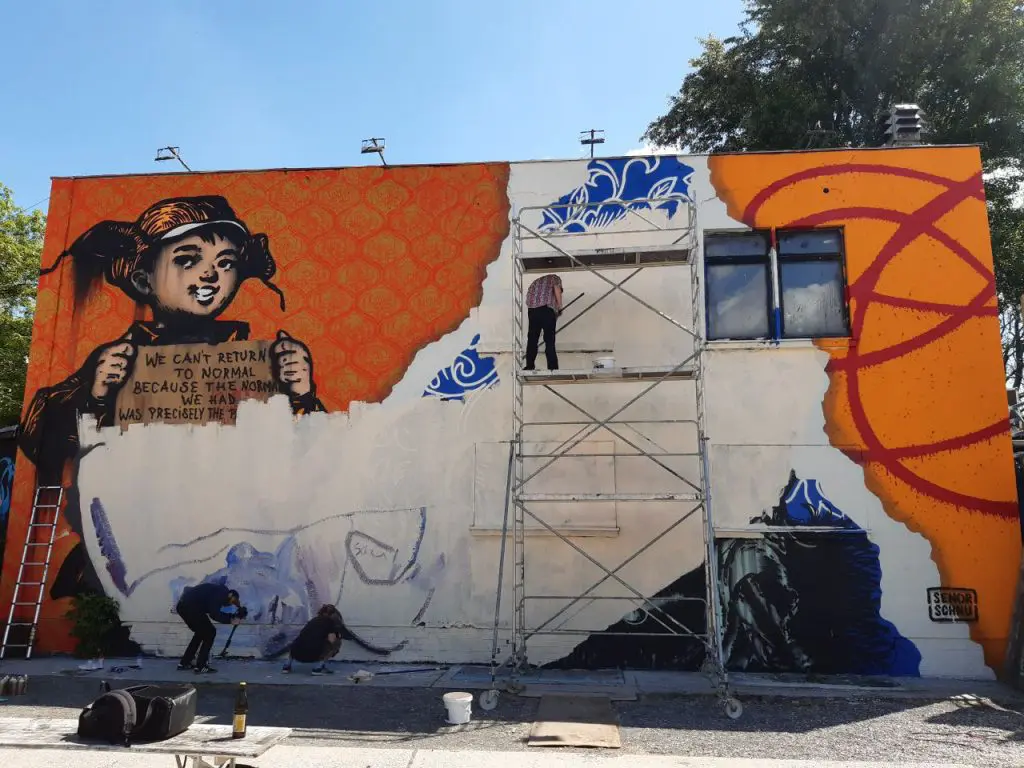

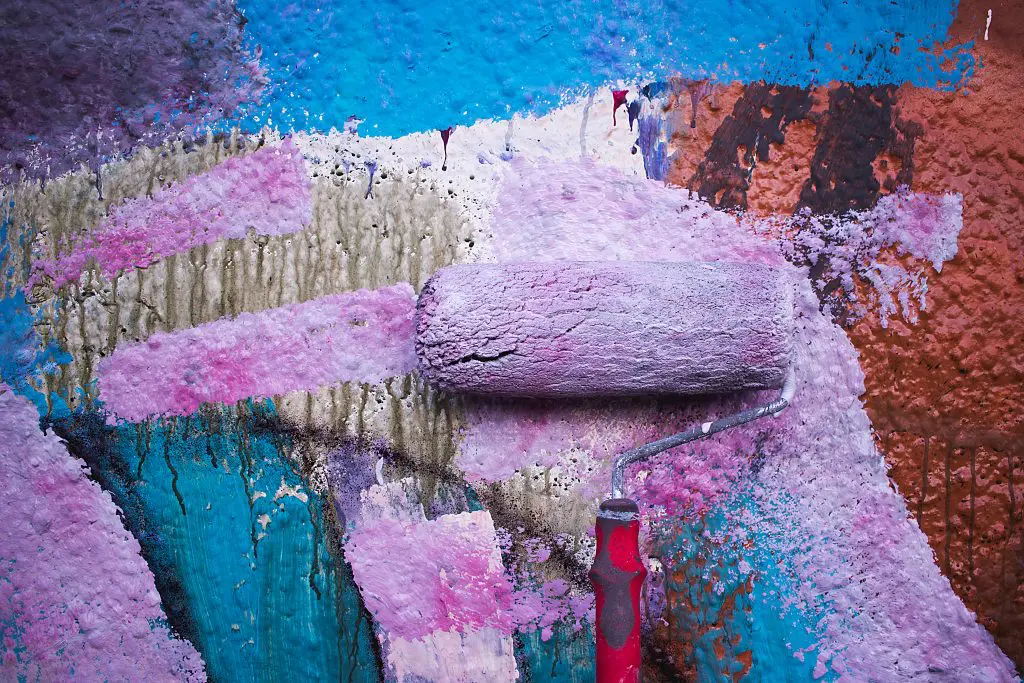
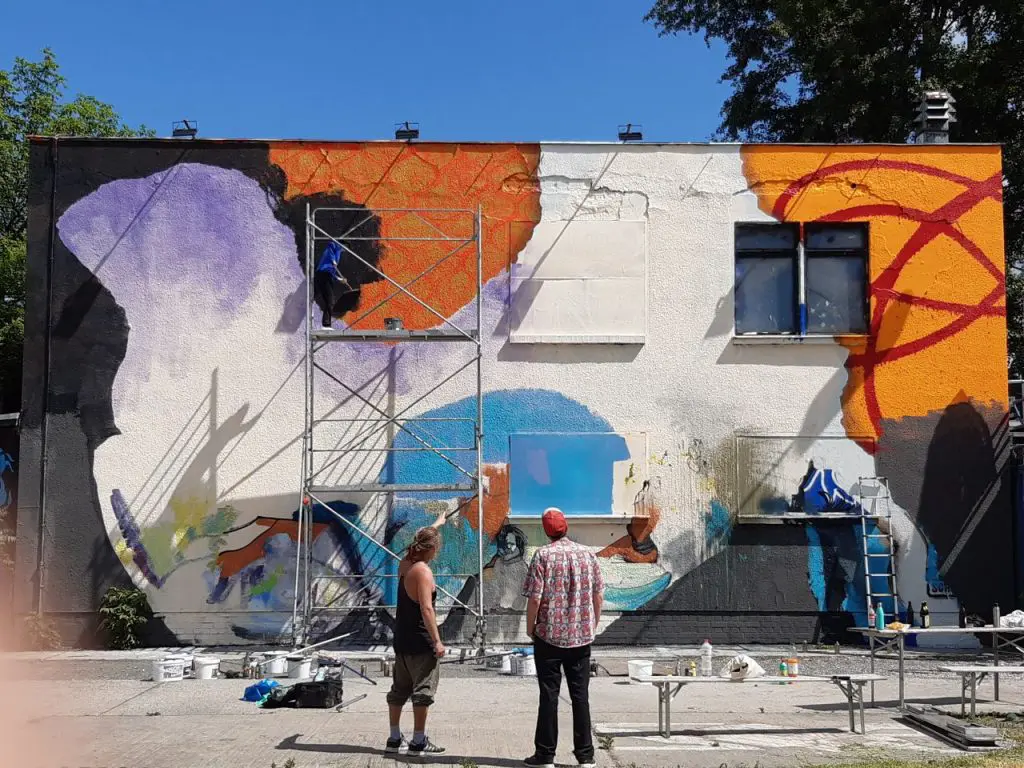

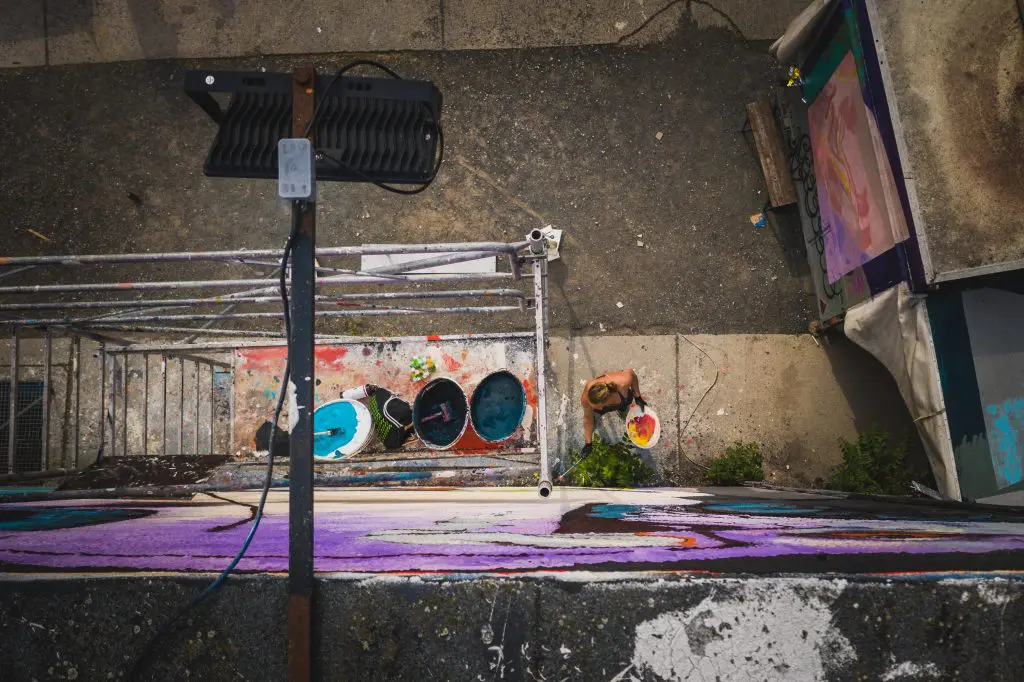
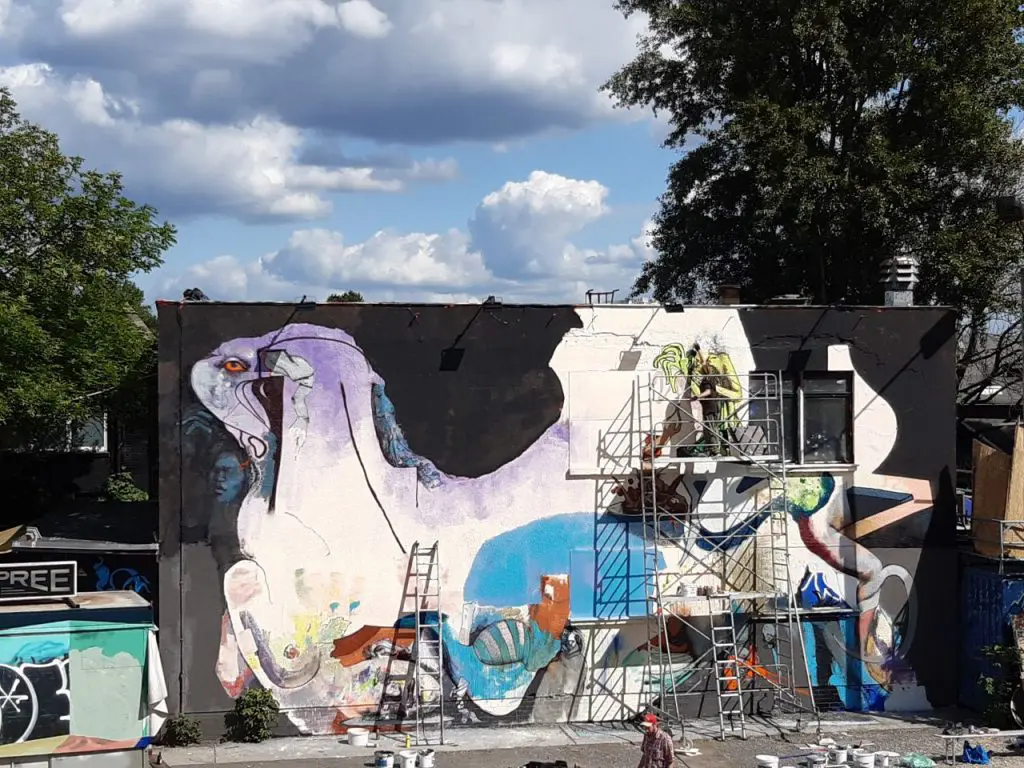

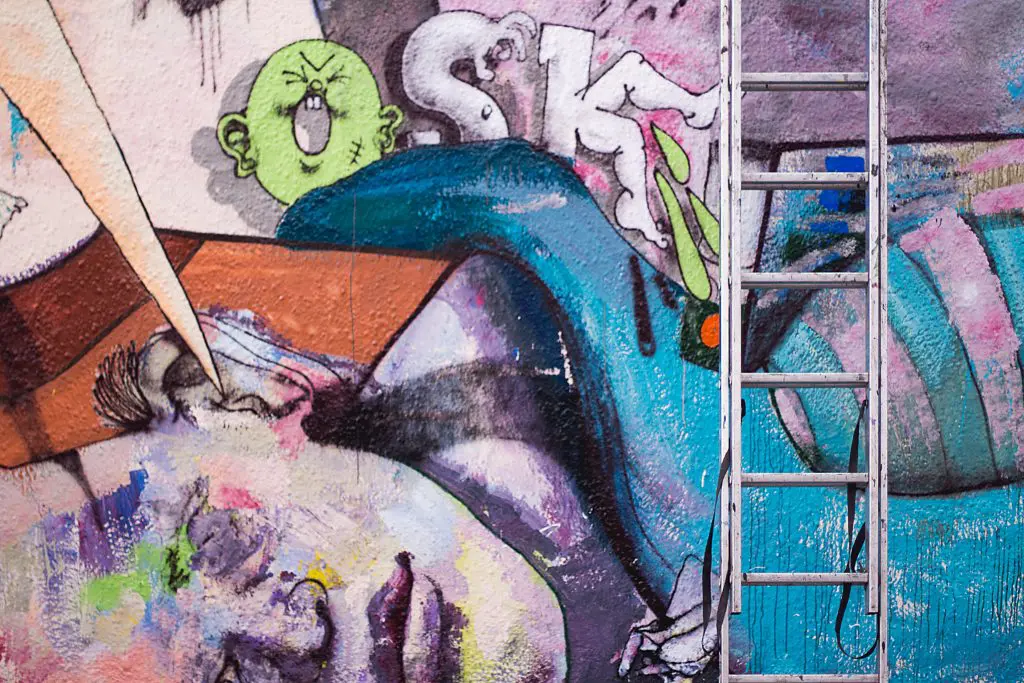

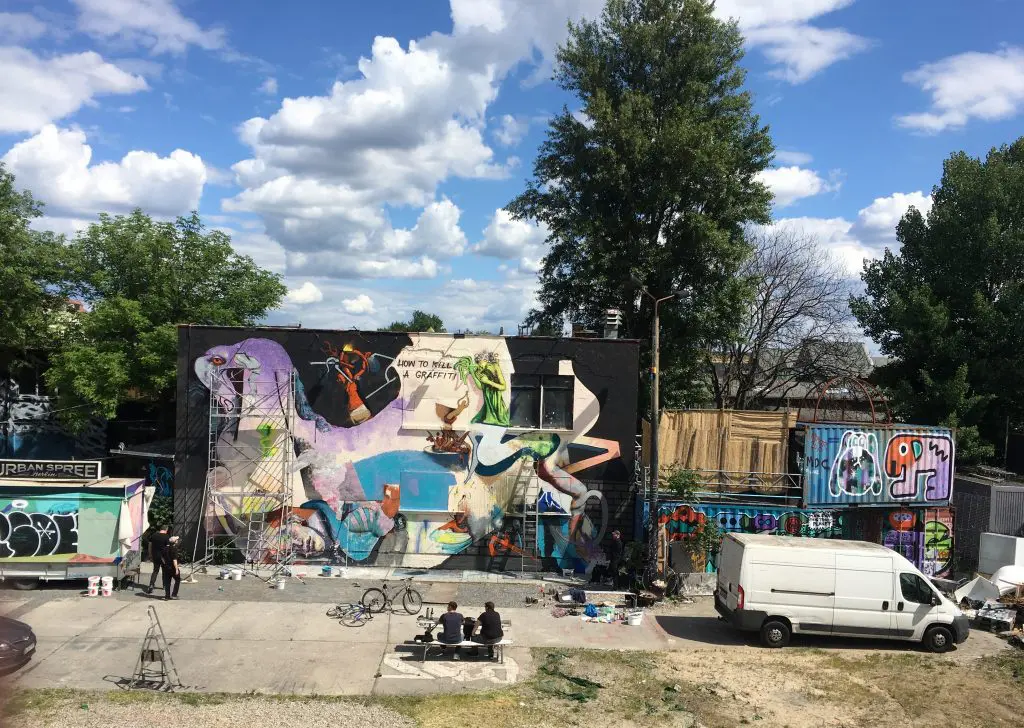

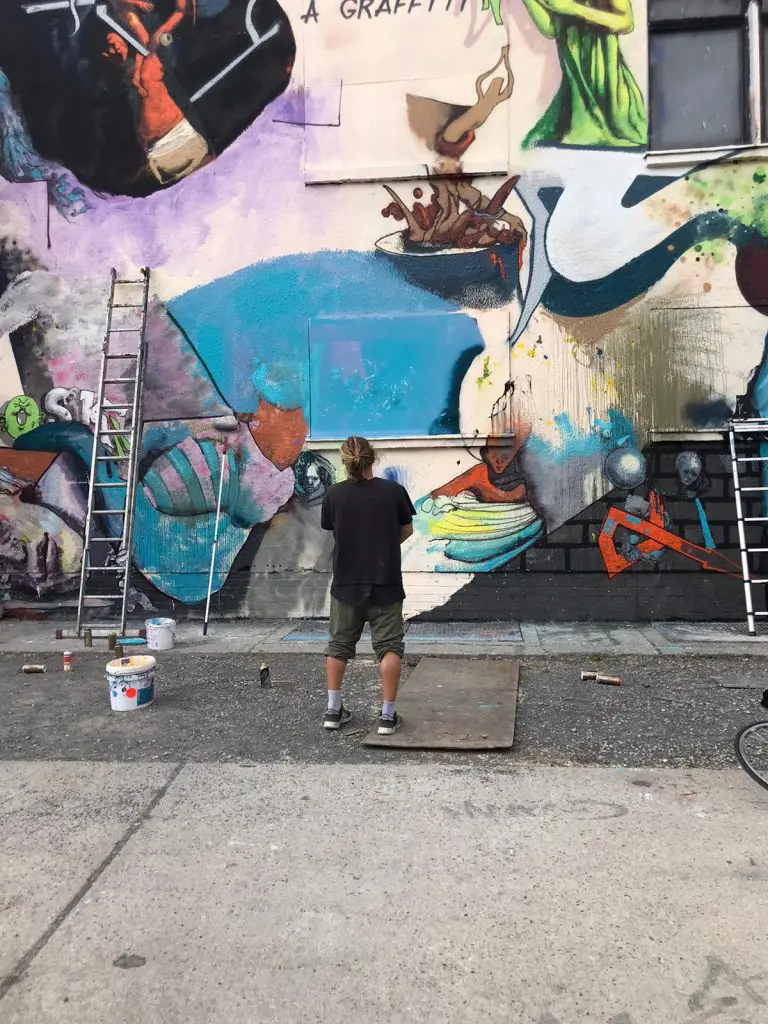
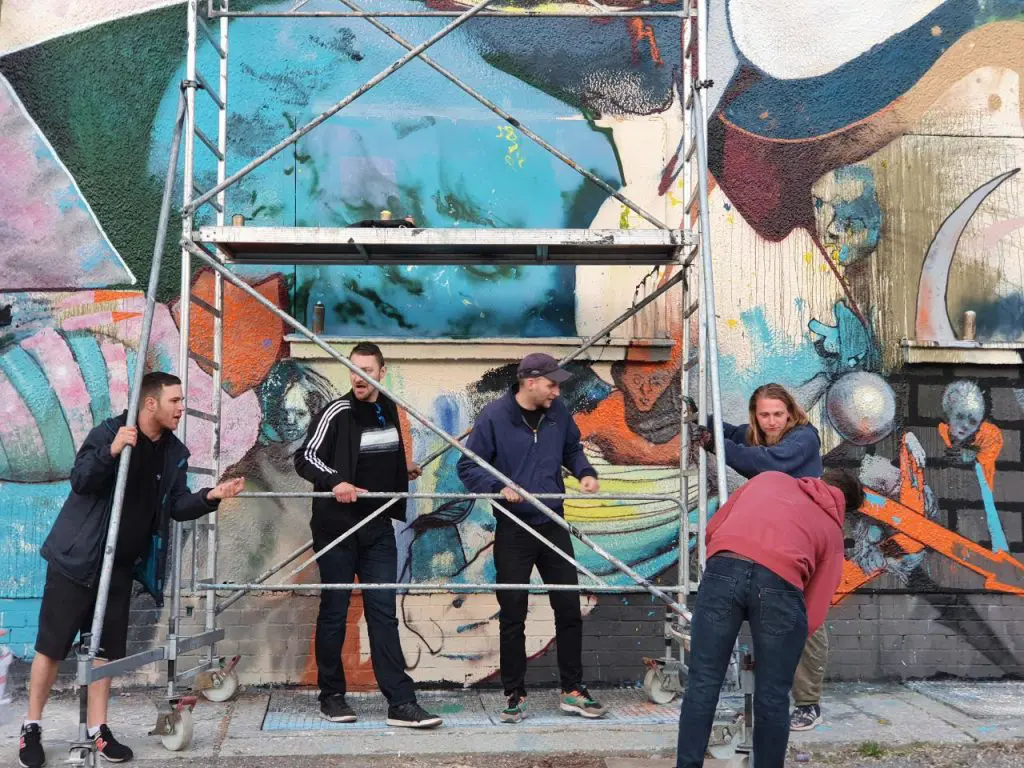
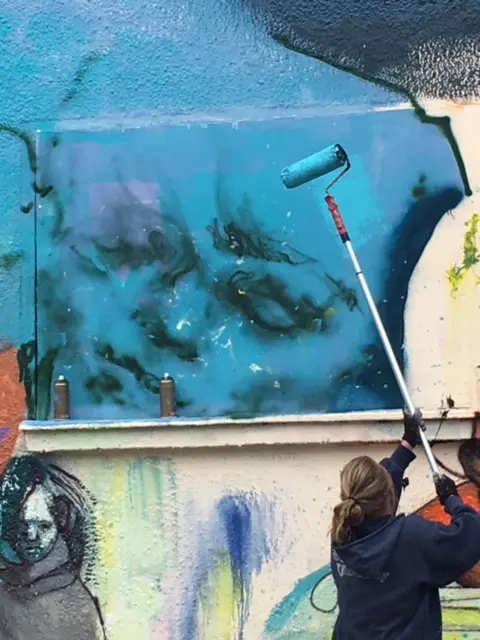

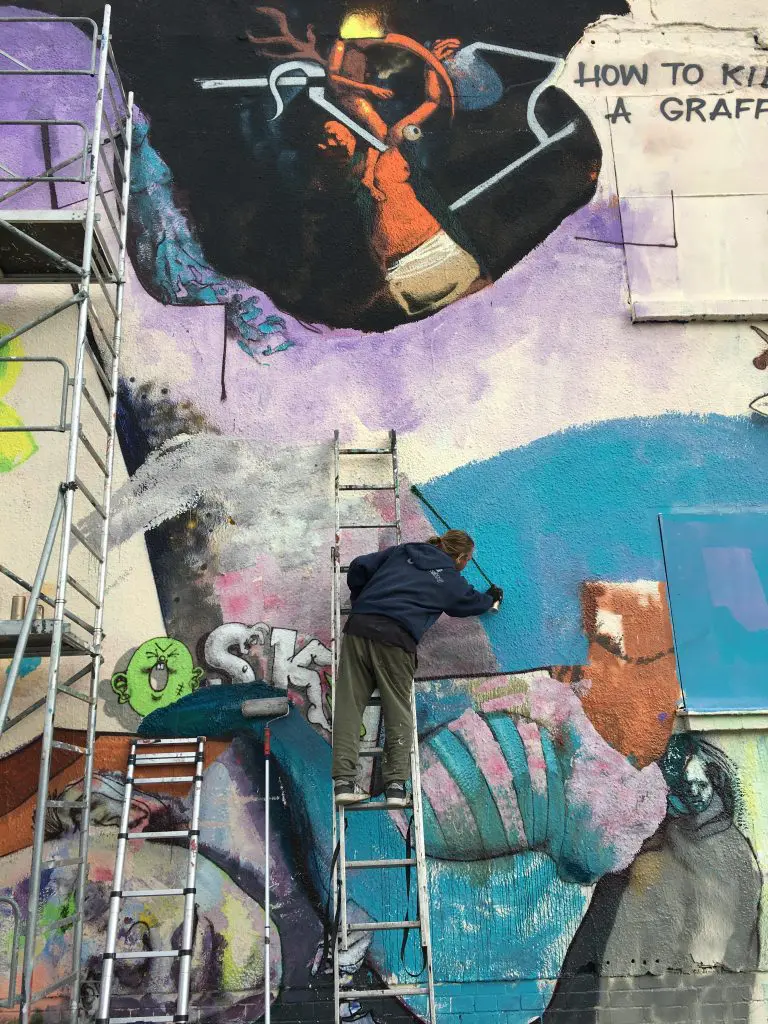


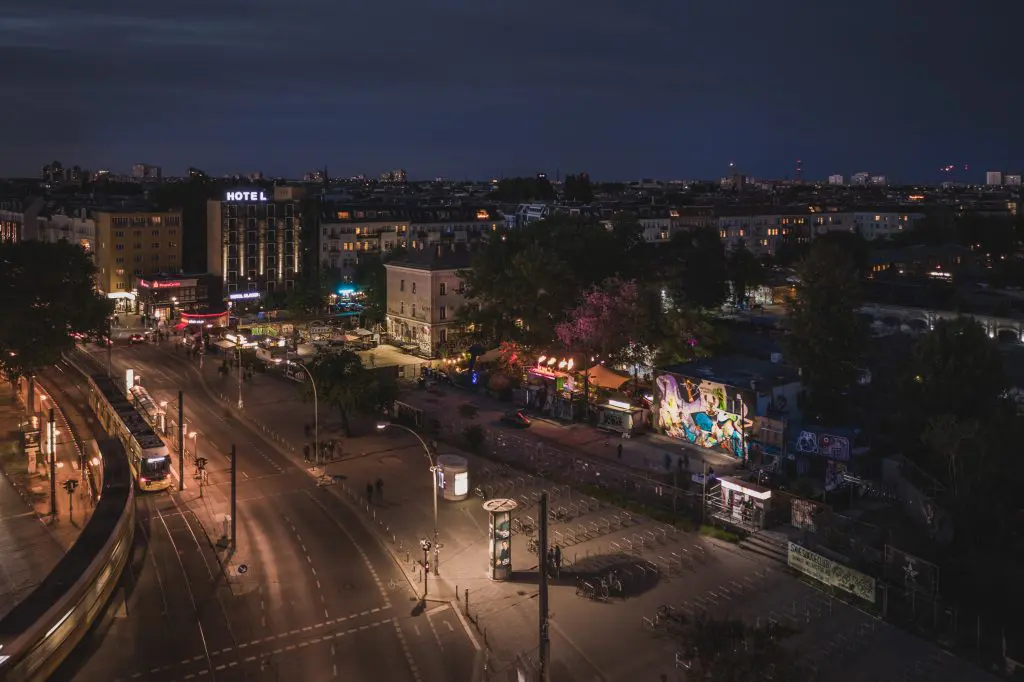





Leave a Reply